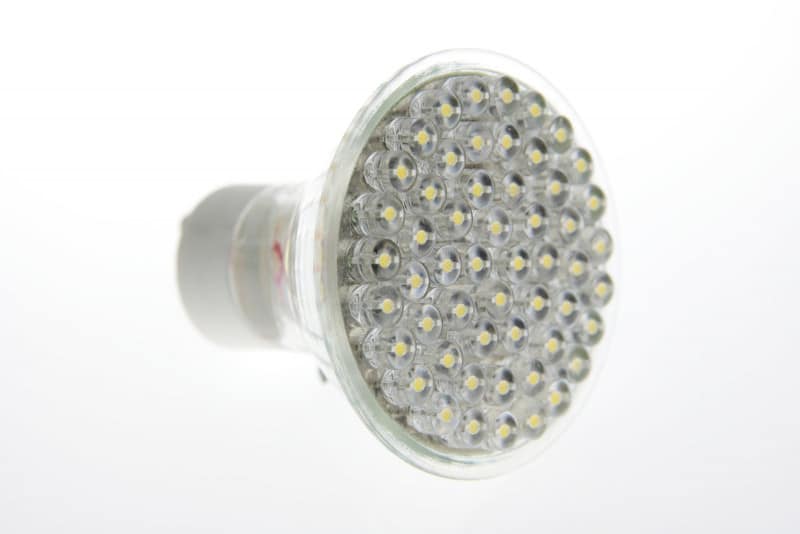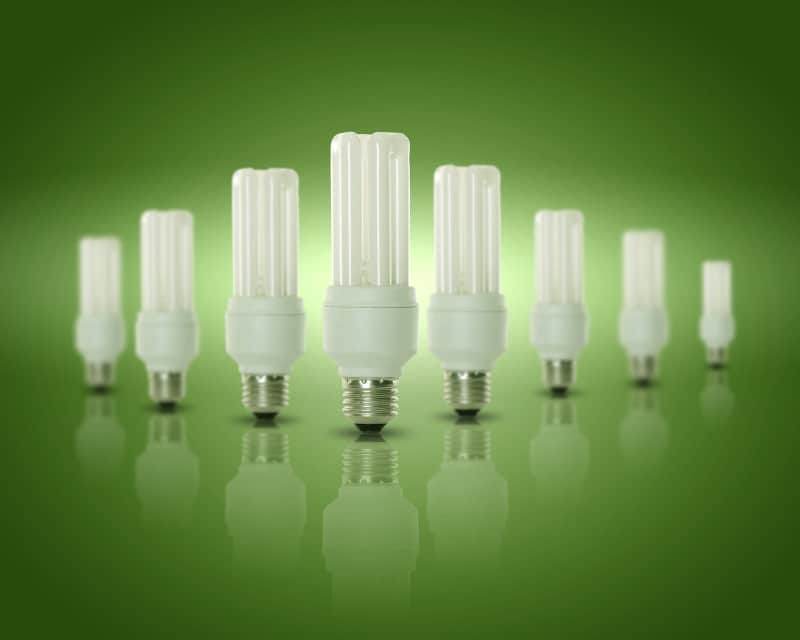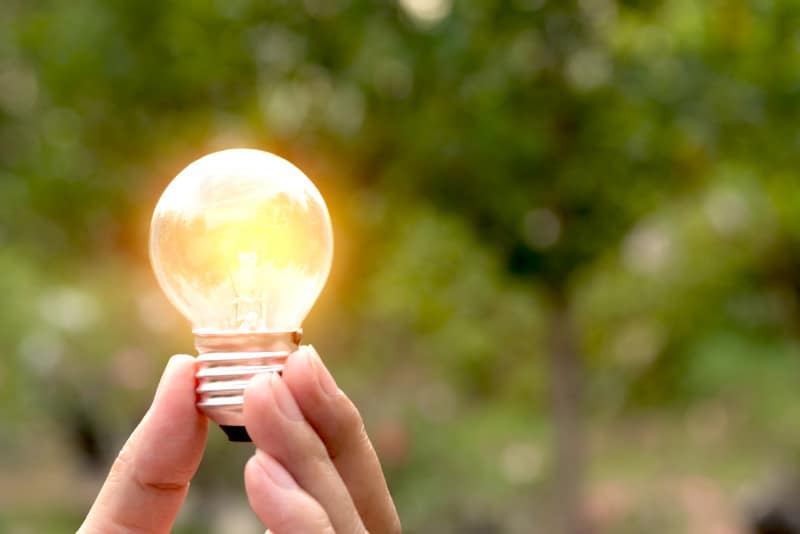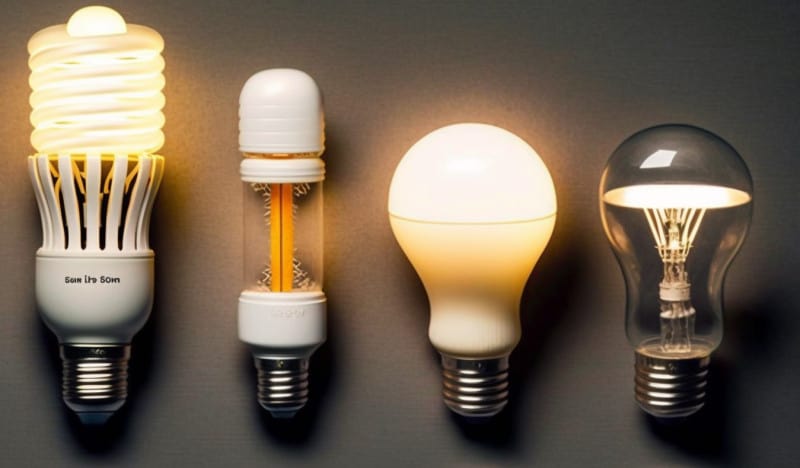As a long-time advocate of energy saving light bulbs and LED light bulbs, I have been following the development of LED lighting closely. But recently, I have found myself asking why these energy saving light bulbs are flicking all the time.
There are a few possible explanations for why energy saving light bulbs flicker. The most common reason is that the lightbulb is not getting enough power to stay on. If the bulb isn’t getting the power it needs, the electrons in the filament will start to heat up and start jumping around, causing the light to flicker. Another possibility is that there is a defect in the lightbulb’s wiring which is causing it to flicker.
What is light flickering?
When light flickers, it appears to dim and brighten in a rapid, irregular pattern. This is sometimes caused by a problem with the electrical supply or wiring, but it can also be caused by loose light bulbs or fixtures depending on the type of bulb.
Sometimes flickering is perfectly normal, such as when you are turning on LED lights. Flickering light can be annoying and disruptive, but it is not usually dangerous.
Why do LED lights flicker?
There are many reasons why LED lights flicker. The most common cause is an electrical issue, such as a loose wire or a faulty bulb. Other causes include a dimmer switch that is turned too low, or a wall switch that is not fully engaged.
Flickering can also occur when there is a problem with the circuit. You should also keep in mind that it’s perfectly normal for LED’s to flicker when they are first turned on.
When you first turn on an LED light, it may take a moment for the light to “warm up” and reach its full brightness. During this time, you may see the light flicker. This flickering is normal for LED lights and is caused by the electrical current flowing through the LEDs.
Flickering is not usually a problem, but it can sometimes be annoying. The flicker usually goes away when the light has warmed up and is at full brightness. Sometimes LED lights can flicker due to faulty or loose connections.
If you notice a continuous flicker then you should check that the light is securely connected to its power supply and ensure the wiring is not loose or damaged.

Why Do Fluorescent Lights Flicker?
When you turn on a light, you expect it to be stable and consistent. However, in some cases, lights flicker or pulse. This is particularly noticeable with fluorescent lights. So why do fluorescent lights flicker?
One reason is that the voltage supplied to fluorescent lights is not always stable. The voltage might dip when other devices are turned on in the home or when there is a power outage. This can cause the light to flicker or pulse.
Another reason is that fluorescent lights contain a ballast. The ballast helps regulate the current flowing through the light and ensures that it stays on. However, sometimes the ballast malfunctions and causes the light to flicker.
Finally, flickering can also be caused by problems with the lamp itself or due to a faulty wire or loose connection.
Troubleshooting a Flickering Energy Saving Light
If you have an energy saving light that is flickering, there are a few things you can do to try to fix the problem. First, make sure the light is plugged in properly and that the switch is turned on.
If it is plugged in and turned on and the light is still flickering, try changing the light bulb. If that doesn’t work, you may need to replace the light fixture. If the flickering persists, then there may be an issue with the socket itself.
You can try plugging the light into another socket to see if that fixes the problem. If not, then you may need to call an electrician to check out the socket.
Does Your Light Bulb Have A Loose Connection?
If your light bulb is flickering, it could be because the connection is loose. To fix this, turn off the power supply to the lights and check the socket for any loose connections. If you find any, tighten them up and turn the power back on. This should fix the problem.

Is Your Light Bulb Fixture Causing it to Flicker?
There are a few things in your home that you may not even think about that could be causing your lights to flicker. One of those things is your light bulb fixture. If it’s not sealed properly, it can let air in and cause the light bulbs to flicker.
You can test to see if this is the problem by putting your hand over the top of the fixture and seeing if the flicker stops. If it does, you’ll need to seal up the fixture with some caulking or caulk tape.
Is the Light Switch or Circuit Causing Your Lights to Flicker?
In most cases, when your lights flicker, it’s simply the light switch or the circuit that is causing the problem. You can test this by turning off all of the lights in your home, one at a time. When you turn off a light that is wired to a switch, the light next to it should turn off as well.
If it doesn’t, then the switch is bad and needs to be replaced. If you turn off a light that is wired to a circuit, all of the other lights on that circuit should turn off as well. If they don’t, then there is a problem with the circuit and you will need to have an electrician look at it.
What can be done to reduce or eliminate light bulb flicker?
Light bulb flicker is a common problem that can be annoying and cause eyestrain. It can be caused by a number of factors, such as the type of light bulb, the age of the light bulb, or the wattage of the light bulb. While there is not a lot that can be done to completely eliminate light bulb flicker, there are some things that can be done to reduce it. One thing that can help is to use a higher-wattage light bulb.
Another thing that can help is to use a newer light bulb. Finally, if you are using a CFL (compact fluorescent lamp) or LED (light emitting diode) light bulb, make sure that it is properly plugged in. While these are not permanent solutions, they can significantly reduce the amount of light flicker that you experience.

Conclusion
In conclusion, there are many reasons why energy saving light bulbs flicker. Some reasons are the type of bulb, how it is being used, or a problem with the wiring. By understanding the reason why your energy saving light bulb is flickering, you can take steps to correct the problem. If you do not feel comfortable fixing the issue, contact a professional to help you out.



